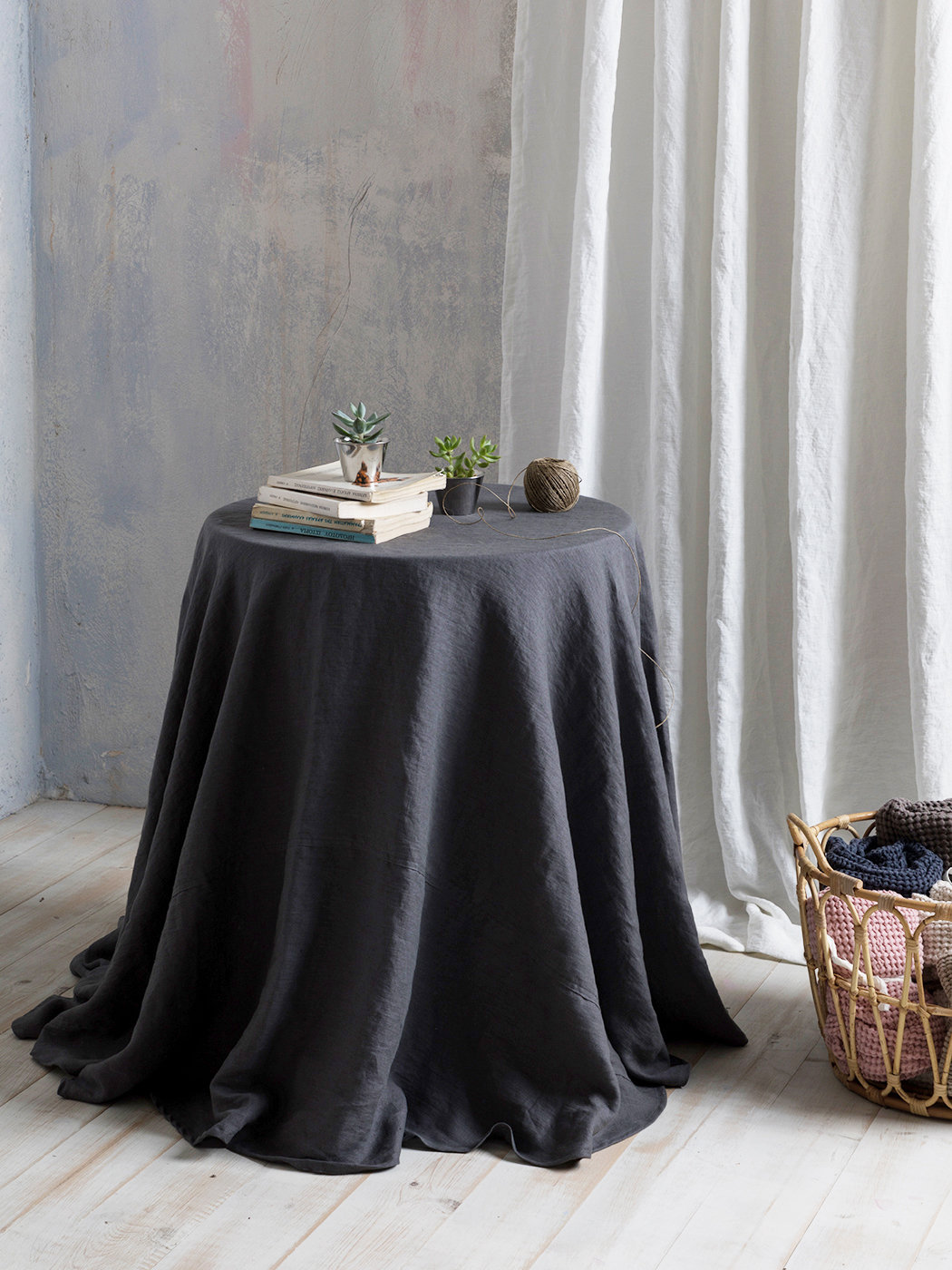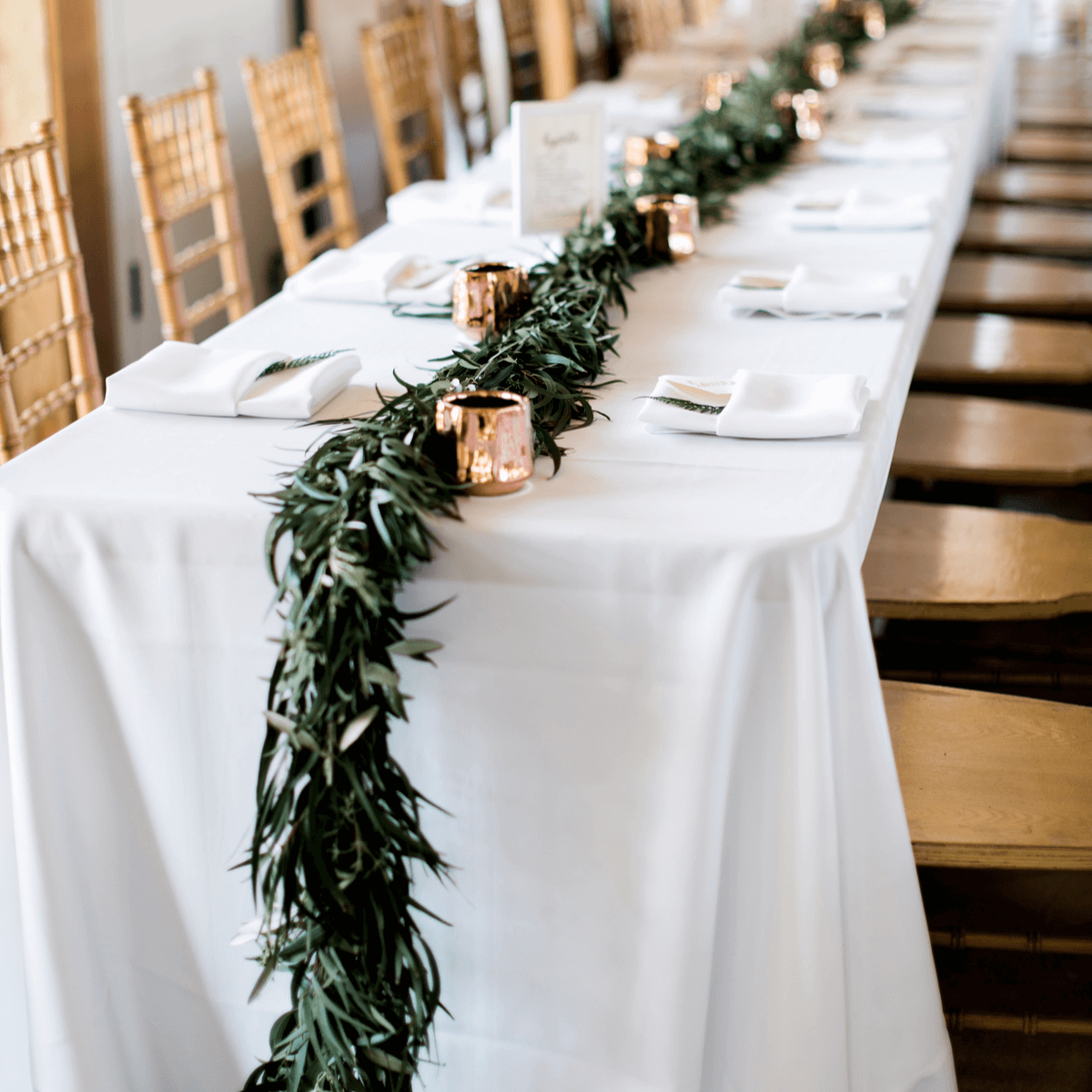Linen Fabric: Recognizing the Beginnings, Qualities, and Advantages of This Elegant All-natural Product
Linen, the elegant and polished textile known for its lavish feel and classic appeal, has a rich history that dates back centuries. Past its historic importance, bed linen possesses distinctive attributes that establish it apart from various other textiles, making it a prominent choice in the world of fashion and indoor layout.
Historic Origins of Linen
Bed linen, a textile with old beginnings, has actually played a considerable function throughout history due to its amazing properties and flexibility. Dating back to ancient human beings, bed linen has actually been a valued textile for its phenomenal breathability, resilience, and extravagant feel.
In medieval times, bed linen continued to be highly respected, with its manufacturing coming to be a significant sector in Europe. The adaptability of linen made it a staple fabric for clothing, house things, and even cruises for ships. Throughout the Renaissance, linen was more raised in status, with its use in great garments and home bed linens representing wealth and social standing.
Distinctive Features of Linen
Prominent for its exceptional breathability and durability, bed linen material flaunts unique characteristics that have actually made it a favored fabric for centuries. Among the key attributes of linen is its unmatched breathability, which enables air to move via the material conveniently. This property makes linen garments excellent for warm climate, as they assist the body remain comfortable and amazing. In addition, bed linen is known for its high absorbency, efficient in wicking away moisture from the skin, making it excellent for summertime garments.
Linen material likewise becomes softer and more comfy with each clean, improving its appeal over time. Its capability to withstand dirt and discolorations, along with its hypoallergenic properties, better contribute to the appeal of linen as a costs material choice.
Advantages of Utilizing Linen
With its phenomenal breathability and longevity, bed linen fabric uses a wide range of benefits that make it a prominent selection for different clothing and house products. Among the primary benefits of utilizing bed linen is its breathability. Linen fibers are hollow and permit much better air movement, keeping the body cool and comfy in hot weather. In addition, bed linen is very absorbing, with the ability of soaking up wetness without really feeling moist, making it ideal for summertime garments.
Additionally, bed linen is a sturdy fabric that becomes softer and extra comfortable with each laundry, ensuring longevity and minimizing the demand for constant replacements. This longevity also reaches its resistance to moths and rug beetles, making bed linen products much less prone to damage compared to other materials.
Furthermore, linen is a lasting choice, as it is made from the flax plant, which requires less water and pesticides to grow compared to cotton. Its natural fibers are additionally biodegradable, contributing to ecologically friendly methods. To conclude, the advantages of using linen encompass comfort, resistance, toughness, and sustainability to insects, making it a attractive and versatile choice for different applications.
Versatile Applications of Linen

Bed linen curtains bring a touch of understated deluxe to living spaces, permitting all-natural light to filter through while adding structure and deepness to the area. Pillow covers, table bed linens, and even upholstery advantage from bed linen's flexible buildings, adding a touch of elegance and convenience to any type of home setup.
Sustainability in Bed Linen Production

Additionally, bed linen's natural shielding properties can assist save power by keeping people cool down in hot weather condition and warm in chillier environments, potentially decreasing the reliance on man-made heating and cooling down systems. Embracing linen as a sustainable option in textiles lines up with the expanding worldwide emphasis on ecologically aware practices in different sectors.
Conclusion
In final thought, linen fabric has a rich historic background, unique qualities, and numerous benefits. Bed linen's distinct residential properties such as view website breathability, toughness, and moisture-wicking capabilities establish it apart from other fabrics, making it a functional and elegant choice for garments, home textiles, and other items.
During the Renaissance, linen was more elevated in standing, with its use in great garments and family linens symbolizing wide range and social standing. (flat sheet)
Distinguished for its outstanding breathability and sturdiness, bed linen material flaunts unique qualities that have made it a popular textile for centuries.With its exceptional breathability and longevity, linen material provides a multitude of benefits that make it a popular selection for various apparel and home items. Pillow covers, table linens, and even furniture benefit from bed linen's versatile residential or commercial properties, including a touch of sophistication and convenience to any type of home setting.
Linen's one-of-a-kind residential properties such view it now as breathability, sturdiness, and moisture-wicking capacities set it apart from various other fabrics, making it a luxurious and useful choice for clothes, home fabrics, and other items.